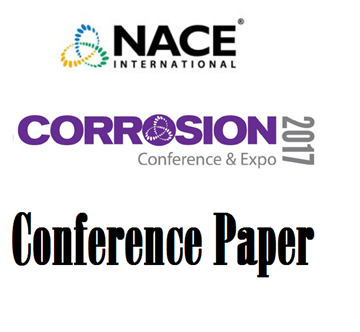Search
99834 FRACTURE TOUGHNESS AND MECHANICAL PROPERTIES OF C-Mn STEELS EXPOSED TO WET H2S ENVIRONMENTS
Also Purchased
98274 ROLES OF H2S IN THE BEHAVIOR OF ENGINEERING ALLOYS: A REVIEW OF LITERATURE AND EXPERIENCE
Product Number:
51300-98274-SG
ISBN:
98274 1998 CP
$20.00
Fracture Toughness Testing Methods in H2S Containing Environment for Metallic Materials
Product Number:
51317--8930-SG
ISBN:
8930 2017 CP
Publication Date:
2017
$20.00
99420 NACE COMMITTEE REPORT 8X294: REVIEW OF PUBLISHED LITERATURE ON WET H2S CRACKING
Product Number:
51300-99420-SG
ISBN:
99420 1999 CP
$20.00




